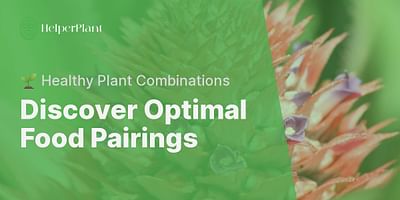Hadley is an experienced horticulturist with a gardening career spanning over two decades. She holds a deep interest in companion planting and continuously indulges in exploring new plant pairings. When not immersing herself in the world of botany, Hadley can be found enjoying nature trails and indulging in birdwatching.
Hey there! When it comes to grafting plants, there are definitely some limits to plant compatibility that you should keep in mind. Grafting is a technique where you join together two different plants to create a single, stronger plant. It's a fascinating process that can produce some amazing results, but it's important to understand its limitations.
One of the main limits to plant compatibility in grafting is the genetic relationship between the two plants. In general, plants that are closely related are more likely to be compatible for grafting. For example, you'll have better success grafting an apple tree onto another apple tree than grafting it onto a completely unrelated plant like a cactus. So, it's important to choose plants that are genetically similar if you want a successful graft.
Another factor to consider is the growth habit of the plants you're grafting. Some plants have different growth habits, such as being more vigorous or having a different growth rate. When grafting, it's best to choose plants with similar growth habits to ensure that they grow together harmoniously. If you graft a fast-growing plant onto a slow-growing one, you may end up with an unbalanced plant that doesn't thrive.
Temperature and environmental conditions also play a role in plant compatibility for grafting. Different plants have different temperature and humidity requirements, so it's important to choose plants that have similar needs. For example, if you live in a hot and dry climate, you'll want to choose plants that are adapted to those conditions. Grafting a plant that prefers cool and moist conditions onto a plant that thrives in hot and dry conditions may not work out so well.
Lastly, it's important to consider the compatibility of the vascular systems of the plants you're grafting. The vascular system is responsible for transporting water, nutrients, and sugars throughout the plant. For a successful graft, the vascular systems of the two plants need to be able to connect and function together. Some plants have compatible vascular systems, while others do not. It's always a good idea to do some research or consult a gardening expert to determine the compatibility of the plants you're interested in grafting.
So, to sum it all up, the limits to plant compatibility when grafting include genetic relationship, growth habits, temperature and environmental conditions, and the compatibility of vascular systems. By keeping these factors in mind, you'll have a better chance of successful grafting and creating a strong, thriving plant. Happy grafting!















